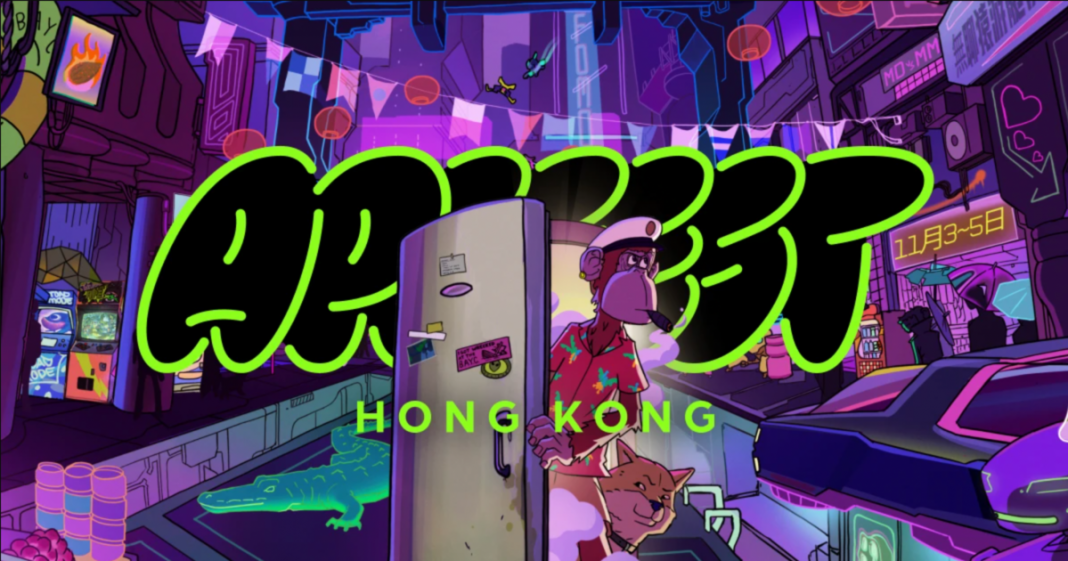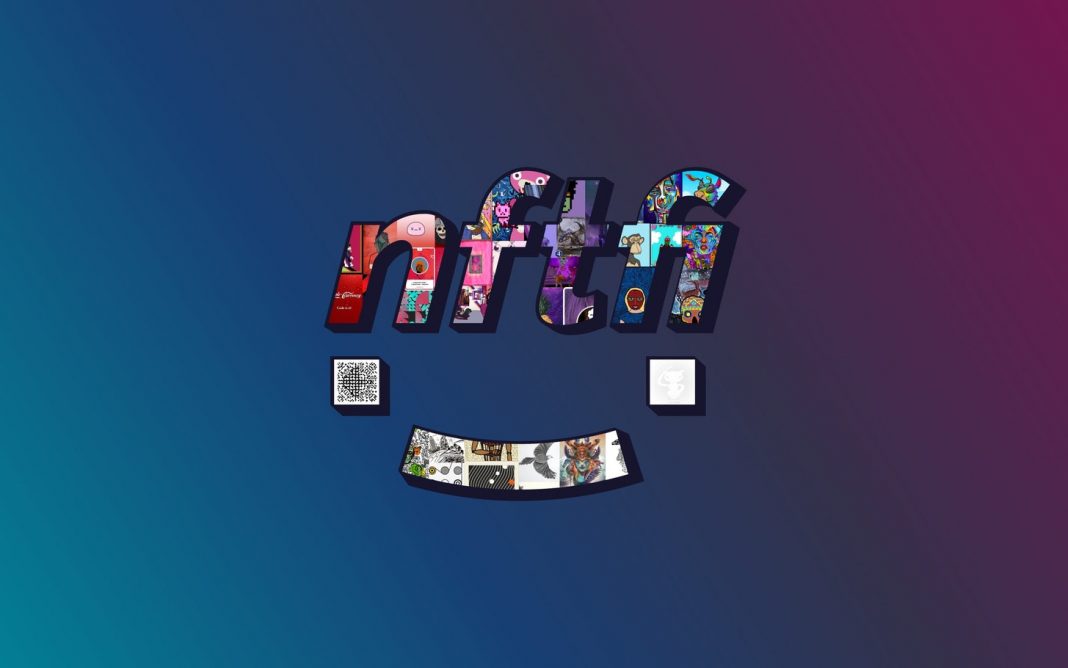In 2021, the NFT Market had a trading volume of $17.6 billion, a staggering 27% of the sales of traditional global art markets ($65 billion).
What is NFT-FI?
NFT-Fi or non-Fungible token Finance is a combination of NFT and Finance, helping to financialize NFT.
Enables: more efficient forms of NFT transactions – swaps, insurance, slicing and valuation-lease.
NFTFi: Borrowing and lending.
Lending/Borrowing NFT (borrowing and lending)
The borrowing/lending part in NFT works similarly to DeFi, the difference is that the collateral will be NFT instead of ERC-20 tokens.
Instead of using fiat or ETH like on Aave or Compound to borrow, borrowers will use NFT assets as collateral.
Risks
The NFT market is a popular speculative and rugpull market.
If someone requests a loan of 10 ETH backed by a series of NFTs as collateral, you will want to know whether those NFTs are trustworthy projects.
Lending protocols try to minimize that risk by typically only accepting established “blue-chip” NFTs: Bored Apes, CryptoPunks, Doodles, Art Blocks, etc.
Notable projects: “NFTFi”, “BendDAO”, “JPED’d”.

BNPL (buy now and pay later)
This is a trend among tech-savvy Gen-Y and Gen-Z.
For BNPL projects, buyers will have to pay an amount up front to receive or gain access to certain existing NFT benefits and will then have to pay back the remaining funds over a period of time, which This is similar to installment payments in traditional finance.
Buyers can completely pay BNPL before the deadline to get NFTs to sell if they see NFTs increase in price.
No matter how the price of NFT fluctuates, the monthly installment will not change, from here users can come up with their own profit-making strategy.
Typical project: “Cyan”.
Renting (rental)
The NFT rental protocol is a growing form of NFTFi that allows users to pay to use NFTs for a period of time. Prominent projects like reNFT or Vera offer both collateralized and unsecured rentals.
Requires collateral capital to secure the transaction.
With collateral-free leasing, the protocol creates a “wrapped NFT” for the renter instead of the NFT, which is burned after the contract ends.
The renter never receives the original NFT as rental collateral.
In this early stage, the market suitability of NFT rental products appears to be most suitable for blockchain game NFTs as these games often require players to pay upfront costs through NFT purchases.
Derivatives (derivatives)
Allows you to buy NFTs as financial options, giving the buyer the right but not the obligation to make a transaction at a specific price and date in the future.
Allows NFT assets to be hedged in interesting ways that help mitigate market volatility.
For example:
Suppose Elon predicts that the price of 1 Cryptopunk NFT will increase to 130 ETH in the future, so he immediately buys it at the current price of 100 ETH. Elon is willing to suffer a loss of 20% so he places an option to sell Cryptopunk with a premium of 5 ETH if the price drops below 80 ETH.
If the price goes up, he gets a fee of 5 ETH, and if the price goes down, he has to pay 80 ETH to buy.

Featured projects: NiftyOption and NFTPerp.
Apparaisal (pricing)
Valuing NFTs is difficult due to their illiquid nature. Previously NFT projects tried their best to “predict” them by adjusting a series of mechanisms such as loan rates, loan-to-value (LTV) ratios and liquidation thresholds, in order to counteract fluctuations. Market movements are unstable.
Currently, there are many projects that value NFTs using different mechanisms.
Abacus uses a proof-of-stake mechanism to create a liquidity-based pricing system.
Appraisers act as validators guessing the NFT value and staking their coins at different valuations. In return, NFT holders receive liquidity support to use their NFTs as collateral.
Upshot uses a “prediction-peer” model: have a large group of people answer subjective questions, reward tokens for answering them honestly, similar to how prediction markets leverage intelligence of the majority.
Read more:
Top 4 DeFi Tokens Important 2023
Trends of Abracadabra DAO and Defi in 2023
Defi Jobs with great benefits
Fractionalization (fragmentation)
NFT fragmentation is the splitting of an NFT into fungible tokens, which is kind of ironic because it makes an otherwise non-fungible asset fungible.
When your NFTs are valued into the thousands of dollars, the ability to split them into more liquid ones so you can use them as collateral elsewhere makes a lot of sense.
If Bored APE will increase in price in the future when it is the leading blue chip in the NFT world, but you do not have enough money to buy it. You can still do DCA buying Bored APE by purchasing their shards as token.


